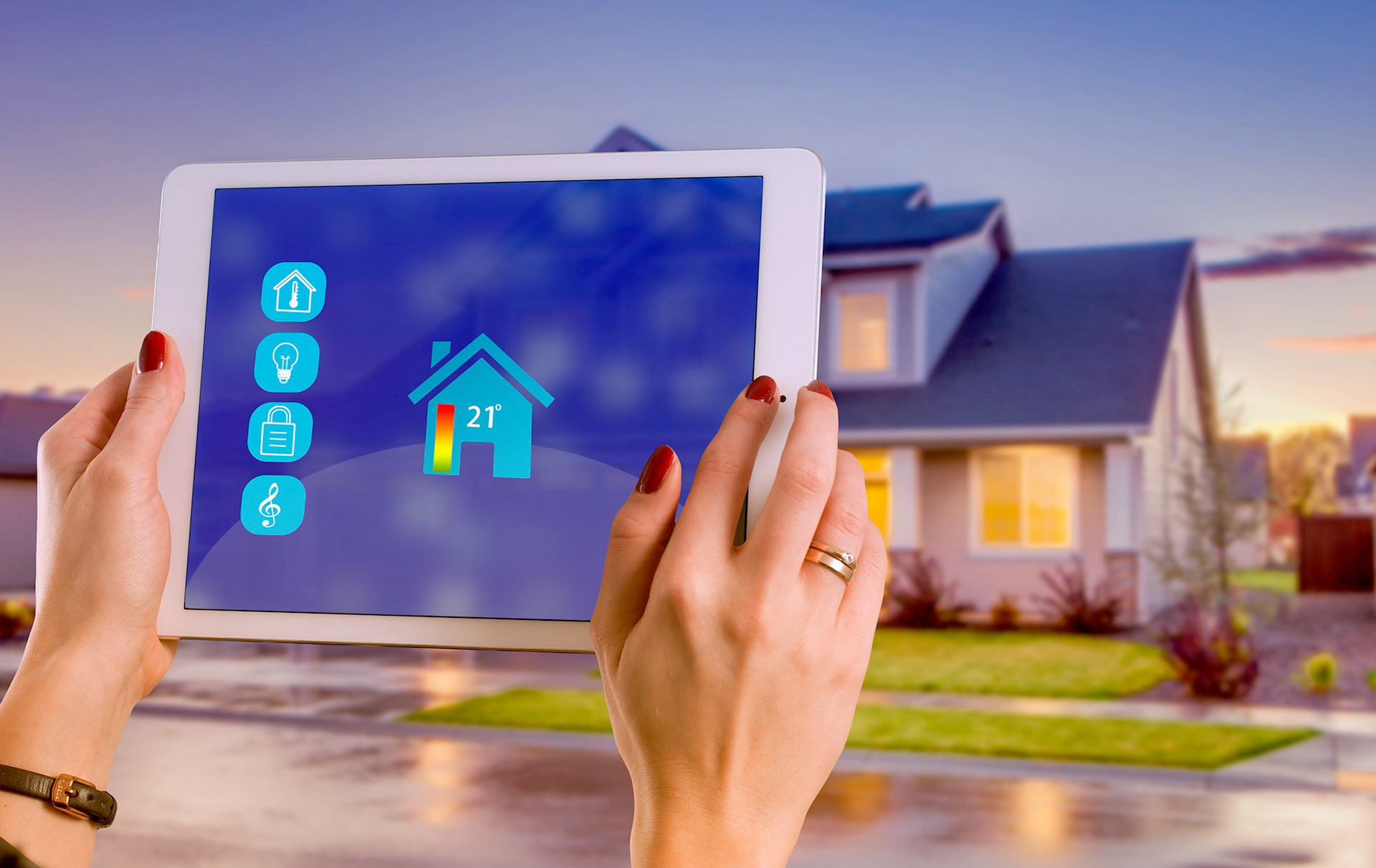Ask Bryan
Ask Bryan: How can I create a smart home?
Want to set up a smart home but don’t know where to start? BRYAN TURNER provides a beginners guide on how to set up a smart home.
Smart homes are a great way to add a “cool” tech aspect to one’s life, and can also be a great way to save electricity.
Most people get started with lights because they tend to be straightforward to set up and provide a lot of benefits. There are two types of smart lights: switching lights and colour changing lights.
Switching lights are ideal for those who don’t want to change their existing lights and only want on and off functionality. There are intermediary devices like Slampher blub holders, which fit between an Edison/Bayonet light socket and the existing light. They connect to Wi-Fi and are controlled via an app. These are ideal for garden lights that can be set to switch on at sunset and switch off at sunrise.
The second type adds a colour changing aspect and Philips Hue produces the best bulbs. They come as a new bulb to put into a light socket, and can be changed based on mood. For example, one can change the lights to purple when watching a movie to provide a cinema feel. They can also be paired with smartphones to blink a certain colour when receiving high priority messages.
Smart plugs are also a great entrance into the convenience of smart home tech. They can be used to turn on coffee machines at a certain time, control fish tank pumps, and even control lights that don’t have the correct blub fitting.
Moving past lights and plugs requires a smart home hub. This is the “brain” behind a smart home. There are different types of solutions out there: HomeKit by Apple and SmartThings by Samsung are the easiest to set up but come with a hefty price tag. There are open-source alternatives like Home Assistant, provided one is willing to delve into the more technical side of home automation.
These home hubs unlock a great deal of smartness when paired with more sensors, like door sensors and temperature sensors. For example, one could attach smart plugs to electric blankets, which only turn on after 7PM when the temperature drops below 10°C. These automations make it possible to “forget” about all the manual tasks involved with home comfort.
Another great option for a smart home is a smart alarm. South African-based company Synthus is preparing to launch its smart alarm, which pairs with Home Assistant. The benefit of this is one can get a notification when the alarm is triggered while one is away from home, as well as the ability to check-in if the alarm is armed while one is away.
For added security, a smart CCTV setup is helpful for break-ins. Swann sells great CCTV boxes, which pair with its HomeSafe View app. This app can alert users of movement in a camera area, and allows for remote monitoring of cameras while one is away from home. From personal experience, the case file at the police was much easier to build with a video of an attempted break-in, and the footage was copied to a flash drive for my local SAPS station.
To finish off a great smart home, one can use a voice assistant like an Amazon Echo (Alexa), Google Home (Hey Google), or an Apple HomePod (Hey Siri) to control all these devices with one’s voice. The assistants vary in functionality and price, so it’s best to choose the device that fits with one’s existing ecosystem (i.e. iPhone/Apple TV users should pick Apple, Android/Chromecast users should pick Google).















